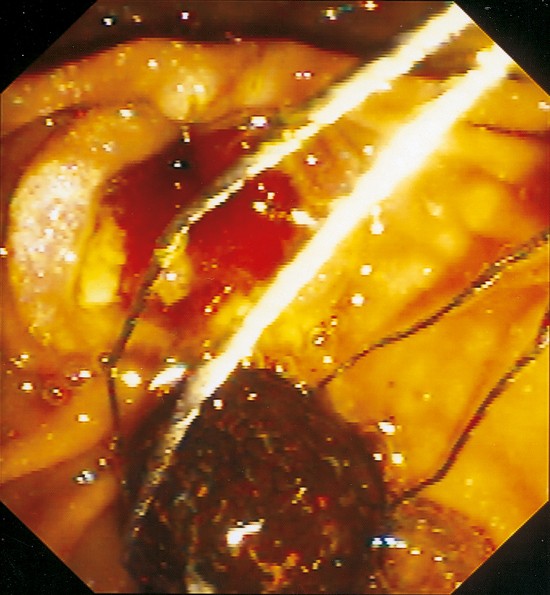Peer Reviewed
Feature Article Hepatology
Bile on the rocks: a guide to gallstones
Abstract
The majority of gallstones are silent, but they can result in biliary pain, cholecystitis, pancreatitis and cholangitis. Unless a patient’s individual risk of gallbladder cancer is increased, asymptomatic patients should be observed and managed expectantly. Cholecystectomy is the definitive treatment for symptomatic gallstones.
Key Points
- Most patients with asymptomatic gallstones should be followed and managed expectantly. However, cholecystectomy is recommended in the subgroup of patients who are at increased risk of gallbladder cancer.
- Once biliary pain has developed, the risk of recurrence is high. Cholecystectomy should be considered unless the operative risk is too great.
- Laparoscopic cholecystectomy is the procedure of choice for acute cholecystitis, uncomplicated biliary pain and resolved gallstone pancreatitis.
- Endoscopic retrograde cholangiopancreatography (ERCP), sphincterotomy and biliary decompression should be performed early for gallstone pancreatitis and choledocholithiasis with persisting biliary obstruction (jaundice, cholangitis, dilated intrahepatic ducts).
- CT intravenous cholangiogram and magnetic resonance cholangiopancreatography (MRCP) have replaced ERCP as the diagnostic investigation of choice for suspected choledocholithiasis. Ultrasonography is still the best initial diagnostic imaging test for gallstone disease but has lower sensitivity for choledocholithiasis.
Purchase the PDF version of this article
Already a subscriber? Login here.

